I arrived in Tarragona early in the afternoon, it’s a small town that I had found per chance and had not heard of before – I chose it purely by looking at some pictures on Google and it was in the direction I wanted to go, Tarragona would be as good a place as any……because I didn’t know any anyway ?! Turned out to be a great choice!
My accommodation was at Hotel Pigal, about a kilometre from the station and 500m from the town centre. A small little hotel and easily the best and friendliest service I had in Spain, that says a lot! The hotel owner Xavi couldn’t have done more even if I asked, the rest of his team Paulina and Alex were just as good – I highly recommend Hotel Pigal.
My first afternoon consisted of getting my bearings and just checking the place out, I was only going to be there for three days, which I ended up extended to 5 in the end – after my short jaunt around I knew I’d like this place, hence I ended up extending my stay. Tarragona is a small town, Xavi gave me a full overview of the town when I arrived; from North to South the town is about a 35 minute walk and from East to West about 40 minutes……..but, it is packed with history and more beaches than you can wish for! First afternoon was over in a flash and after a great meal and super friendly service at a restaurant called Barhaus (so good I went back, the food is fantastic traditional Catalan food and the service was excellent) I hit the sack keen to see what the next day would hold.

Ferreres Aqueduct / Aqüeducte de les Ferreres / Pont del Diable / Devil’s Bridge
I left the hotel at a reasonable time but had to return because I left my wallet, rookie mistake, my destination was the Roman Aqueduct which is about 20minutes bus ride from the centre of town and only €1.5 (on-way). Tarragona, used to be called Tarraco during the Roman era (the town was in existence for hundreds of years before) which was when the aqueduct was build, likely during the time of Augustus so between 27 BC until his death in AD 14. The structure is in fantastic condition at 27m high and 249m long, with 25 upper arches and 11 lower arches, located in a forest it somehow blends into its environment and was part of a system to get drinking water 15km away to Tarragona. It always amazes me when something which looks almost fragile because of its dimensions can survive for so many years, in this case almost 2000years! My time is Tarragona had got off to a cracking start! PS. You can walk across the bridge too!
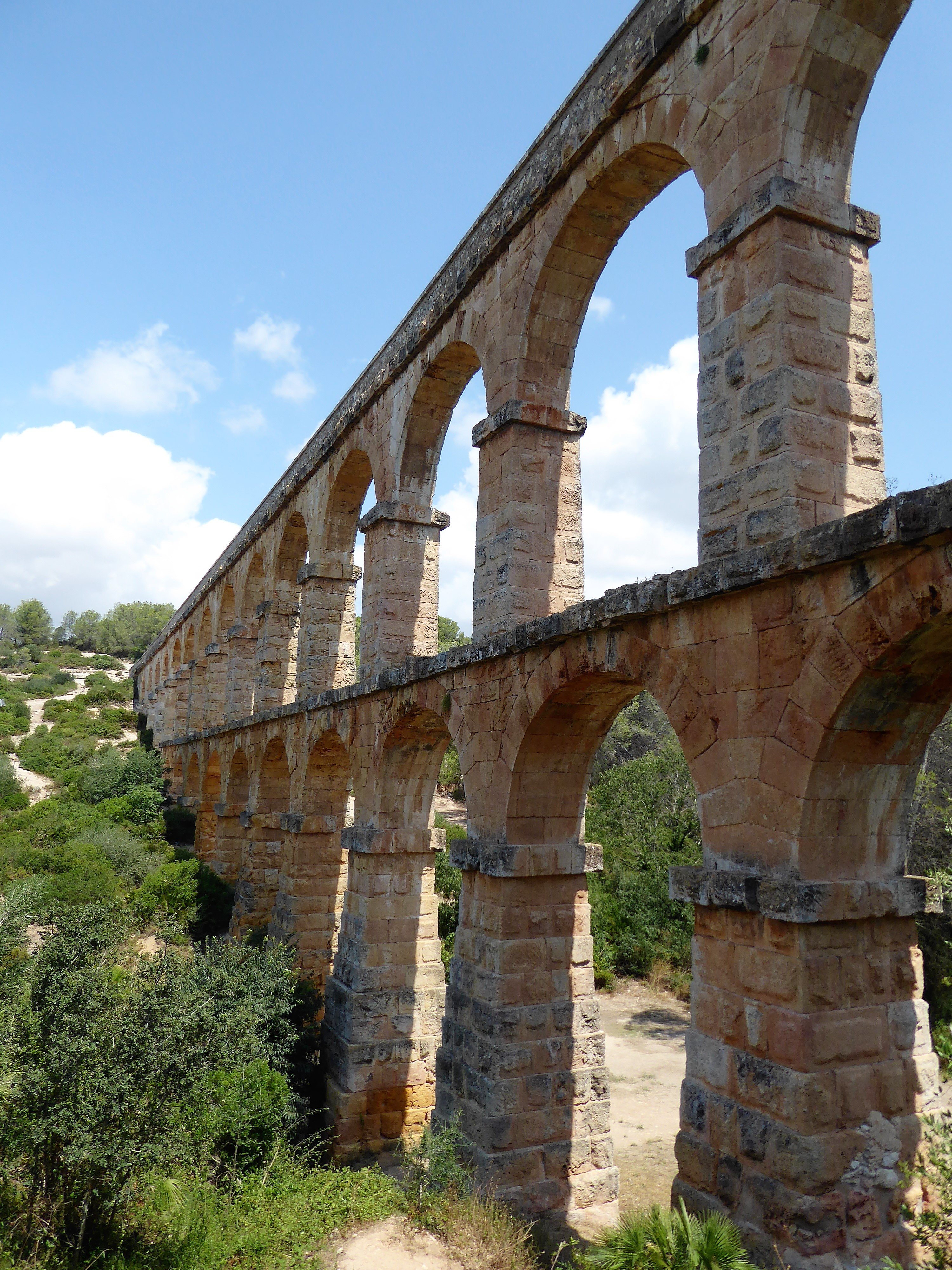
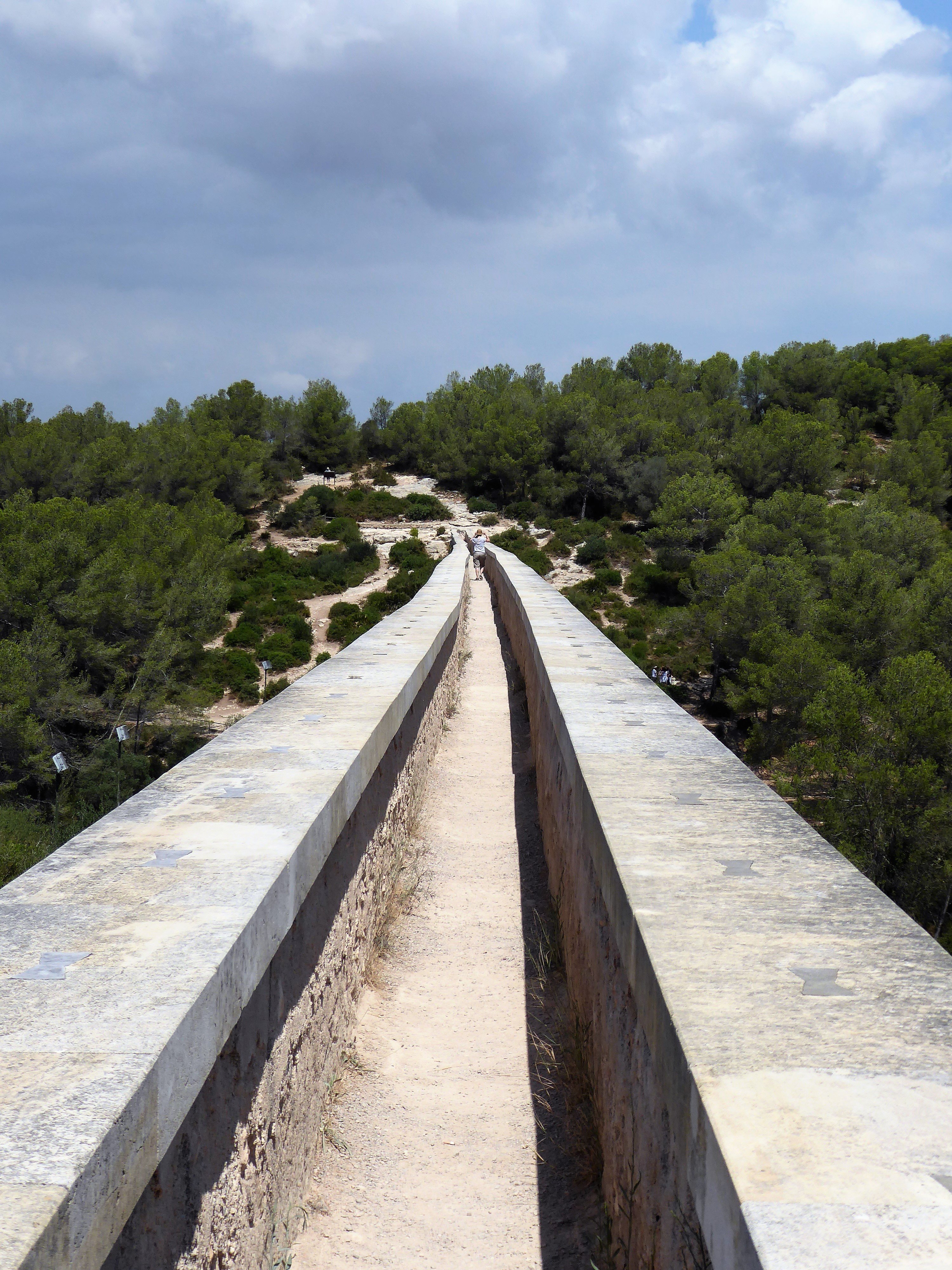
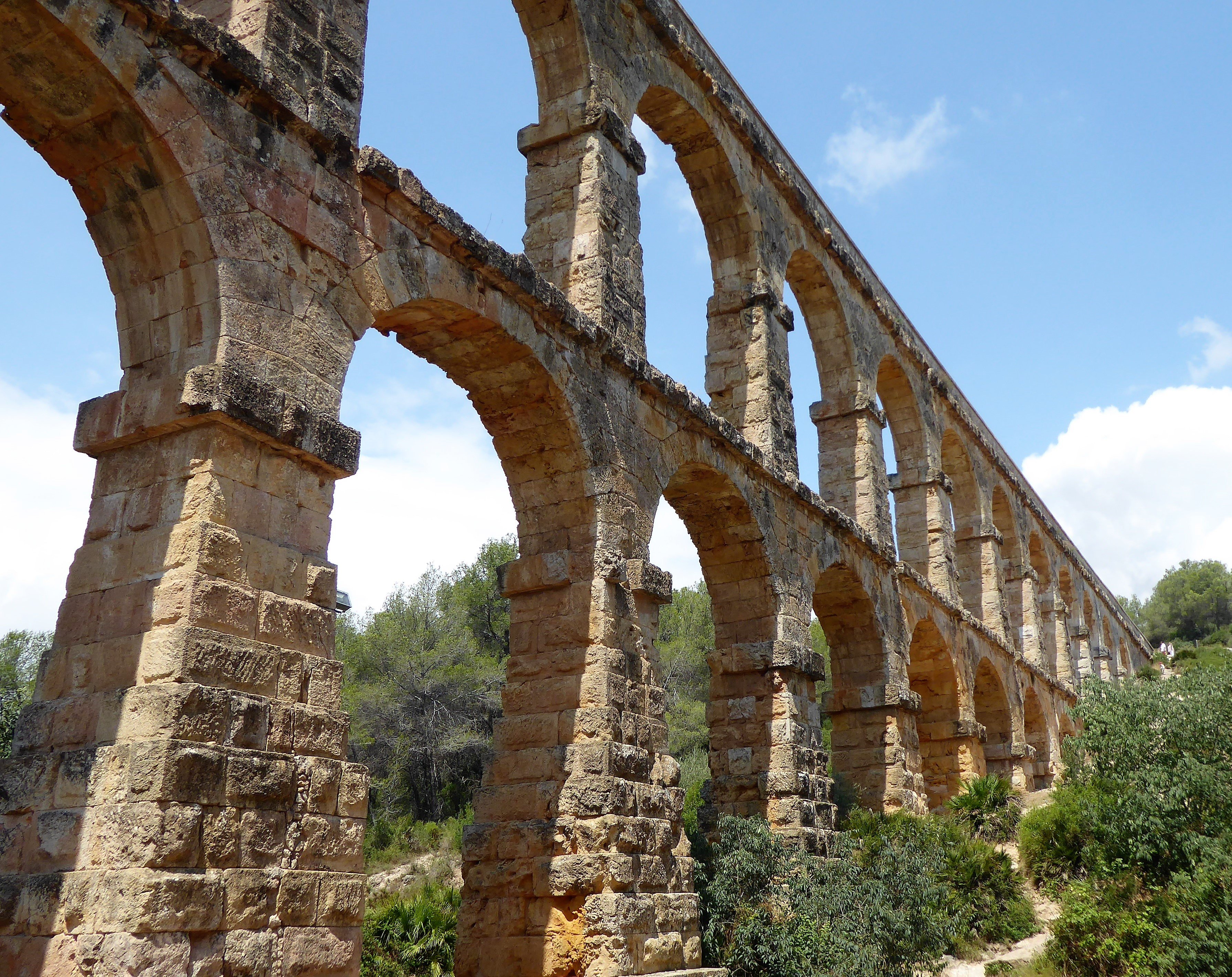
Roman Colonial Forum / Roman Public Forum / Roman Local Forum
I suggest buying a combined ticket which gives you access to the Roman Local Forum, Archaeological Promenade, Roman Praetorium, Roman Circus and Roman Amphitheatre for less than €10.Playing a large part in the normal Roman’s day-to-day life and very much the social and religious heart of the city, built in circa. 30BC. Located in what is now a residential part of Tarragona and less than 150m from Hotel Pigal, little remains of what once was an essential part of the town for those who live in or near Tarraco (the name of Tarragona before it changed); What was excavated is only part of its basilica/temple, the remains of some streets, cisterns for water storage and houses.

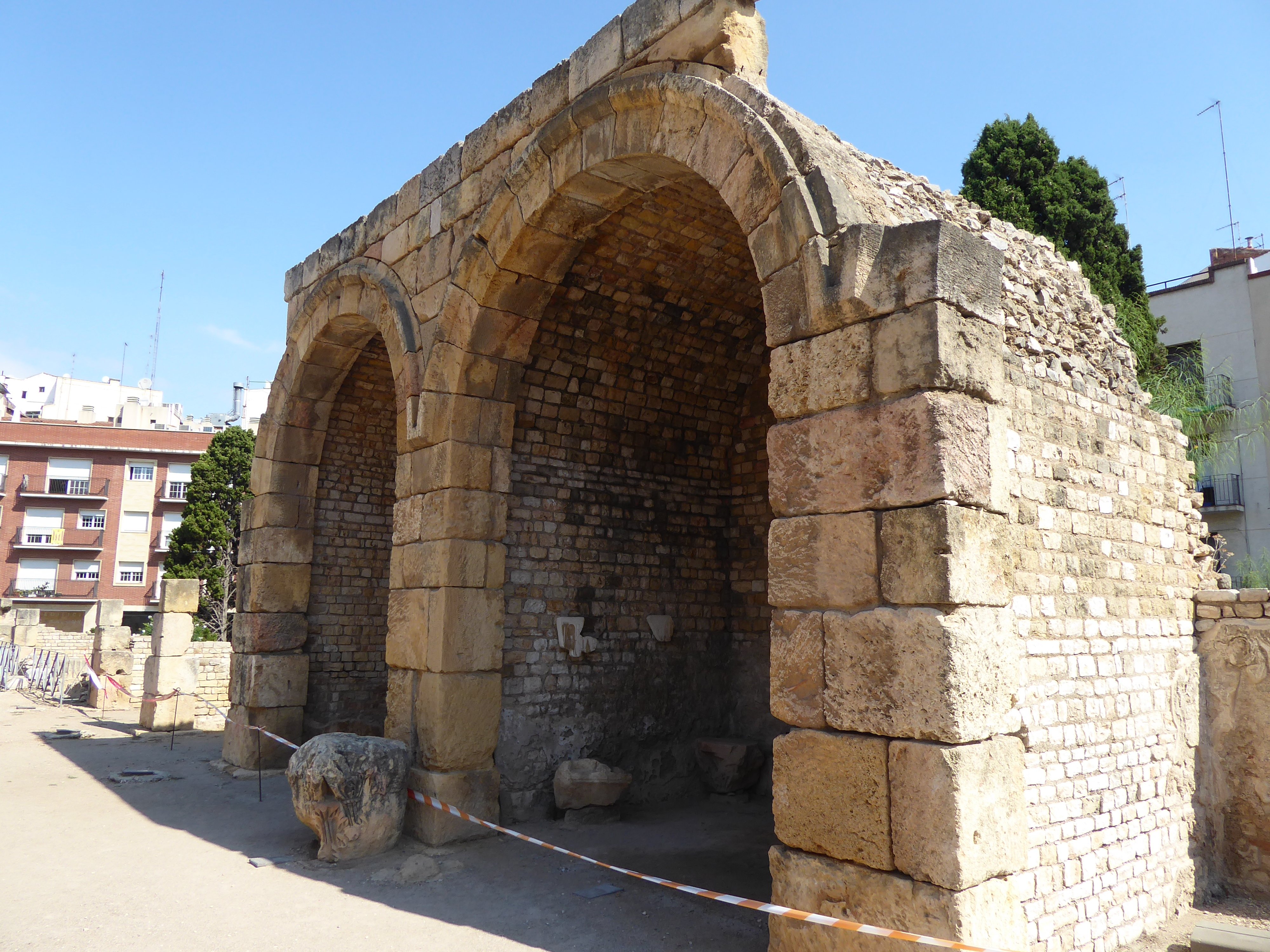

Castellers de Vilafranca / Human Pyramid Festival
Part of the Catalan culture and evolved from the 18th century is building castells, human towers. The Concurs de Castell is a celebration that takes place every two years in Tarragona. Every second October, the Le Tarraco Arena and the streets of Tarragona have 32 teams whose goal is to build the tallest human pyramid by standing on each other’s back and shoulders, with children as young as 5 years old participating. Obviously I wasn’t there for the festival but Tarragona is very well know for it, hence the bronze statue/monument in the middle of the town on Rambla Nova.
Wall of Tarragona / Muralla de Tarragona / Archaeological Promenade
Part of the Roman defences that surrounded the old town and dates to the end of the 3rd century BC, which used to be 3.5km long, what now remains is about 1.1km still being 6m high and about 4.5m thick. You get an audio guide with the entrance ticket. It fell into disuse during the Moor occupation and then into full use including additions and refortified during the 16th – 18th century in order to withstand cannon fire. The walk around the wall impressive by itself is both interesting and also offers scenic views of the towns.

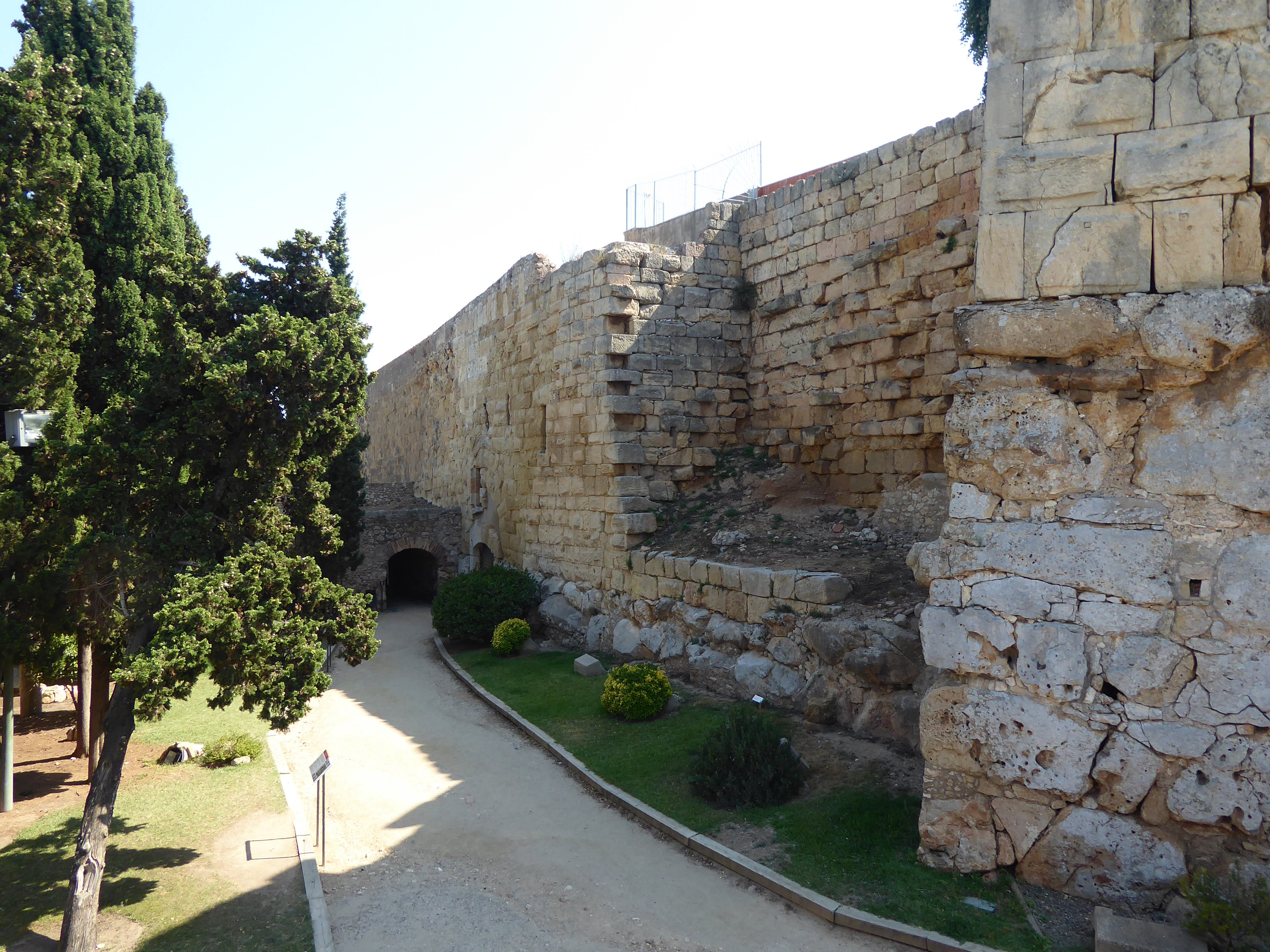

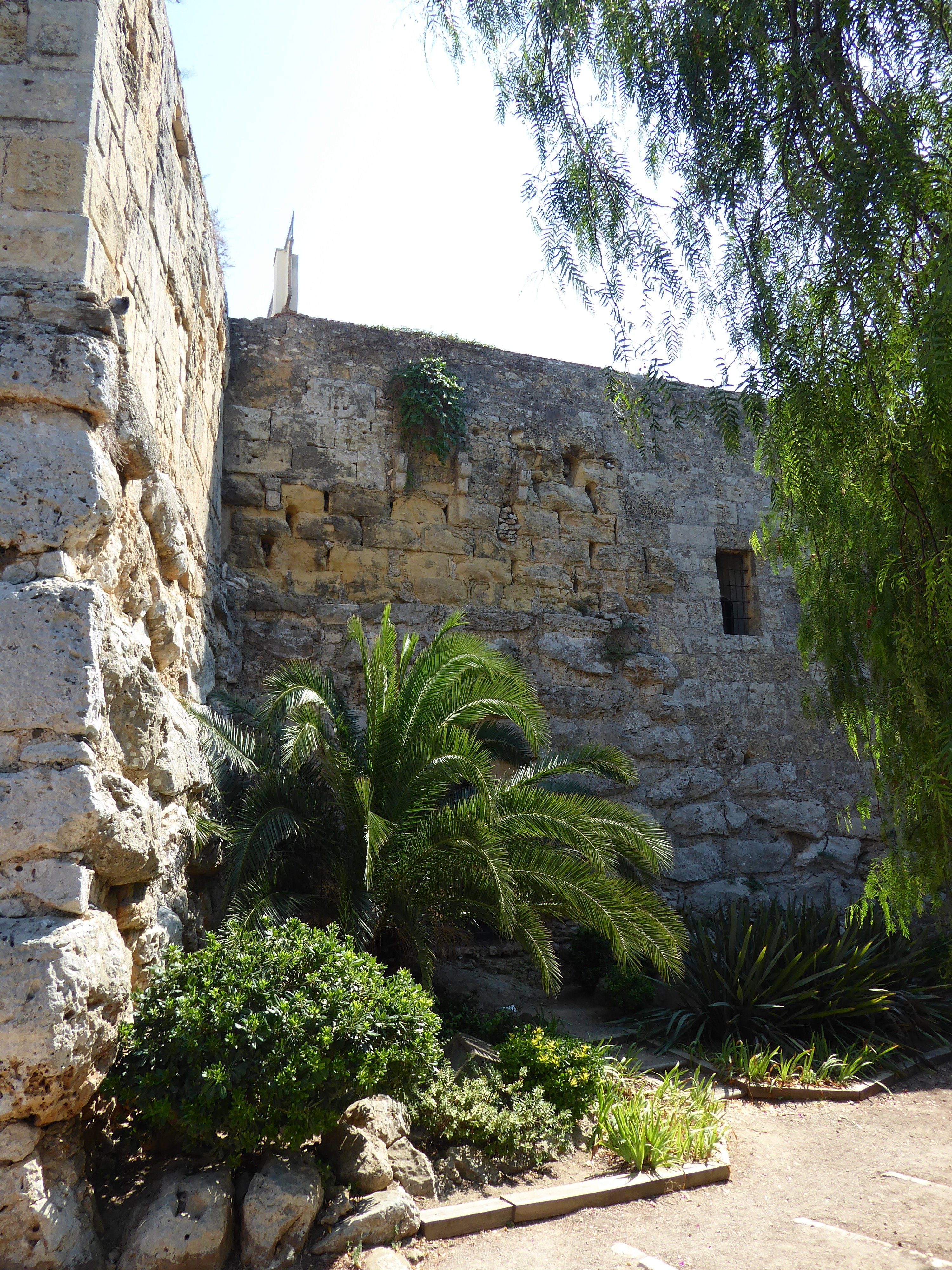
Roman Praetorium / Castillo de Pilatos and Roman Circus
A Roman Tower that once used to connect the lower part of the city to the provincial forum by way of the circus; connect via huge underground passageways that must be near 5m high, easily big enough for two double decker buses to drive through. It stands at the corner of the circus where the turn point would be where chariots and horses would race in the circus. The Praetorium ran the length of the straight section of the circus which was about 375m long.

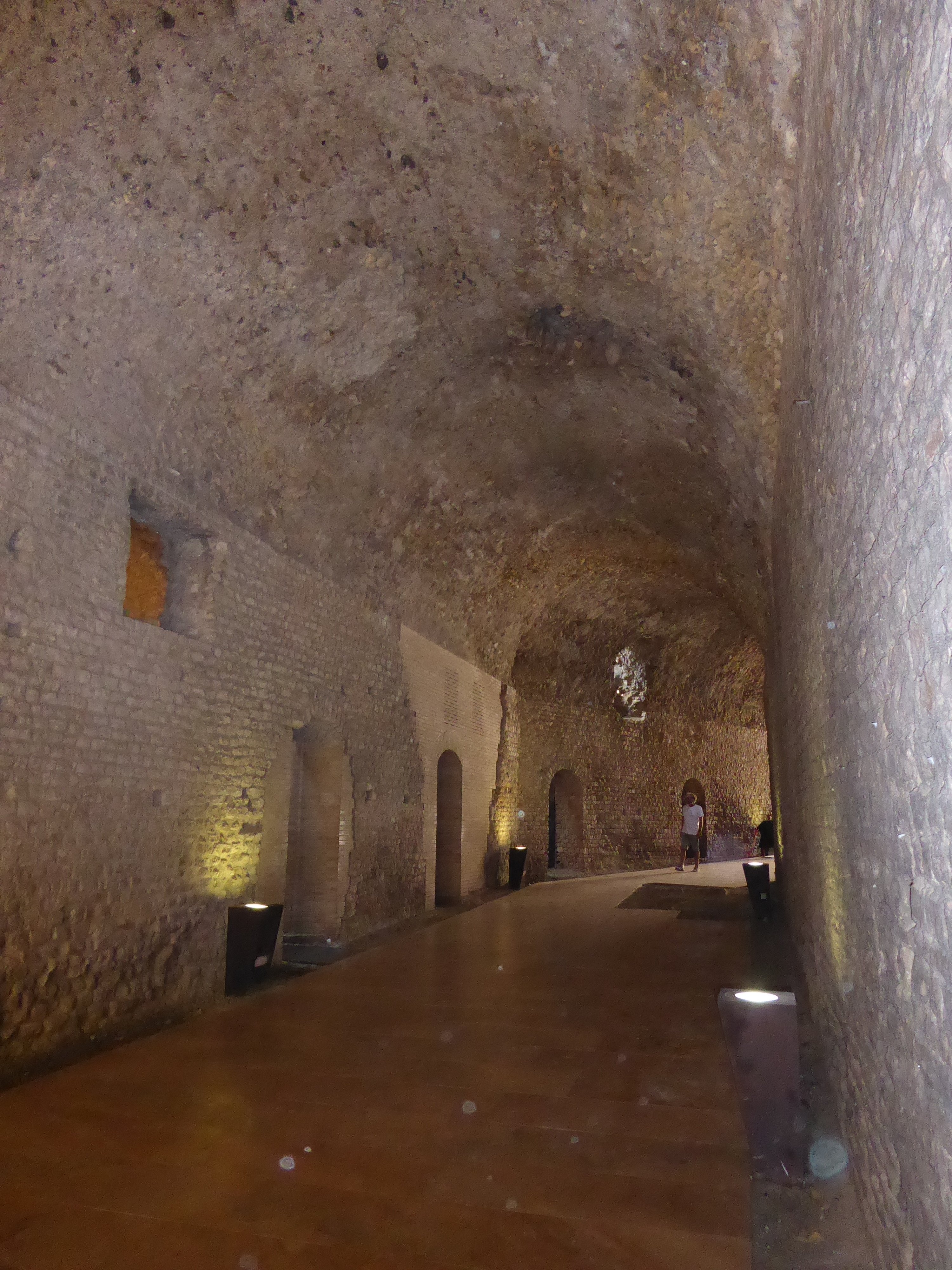
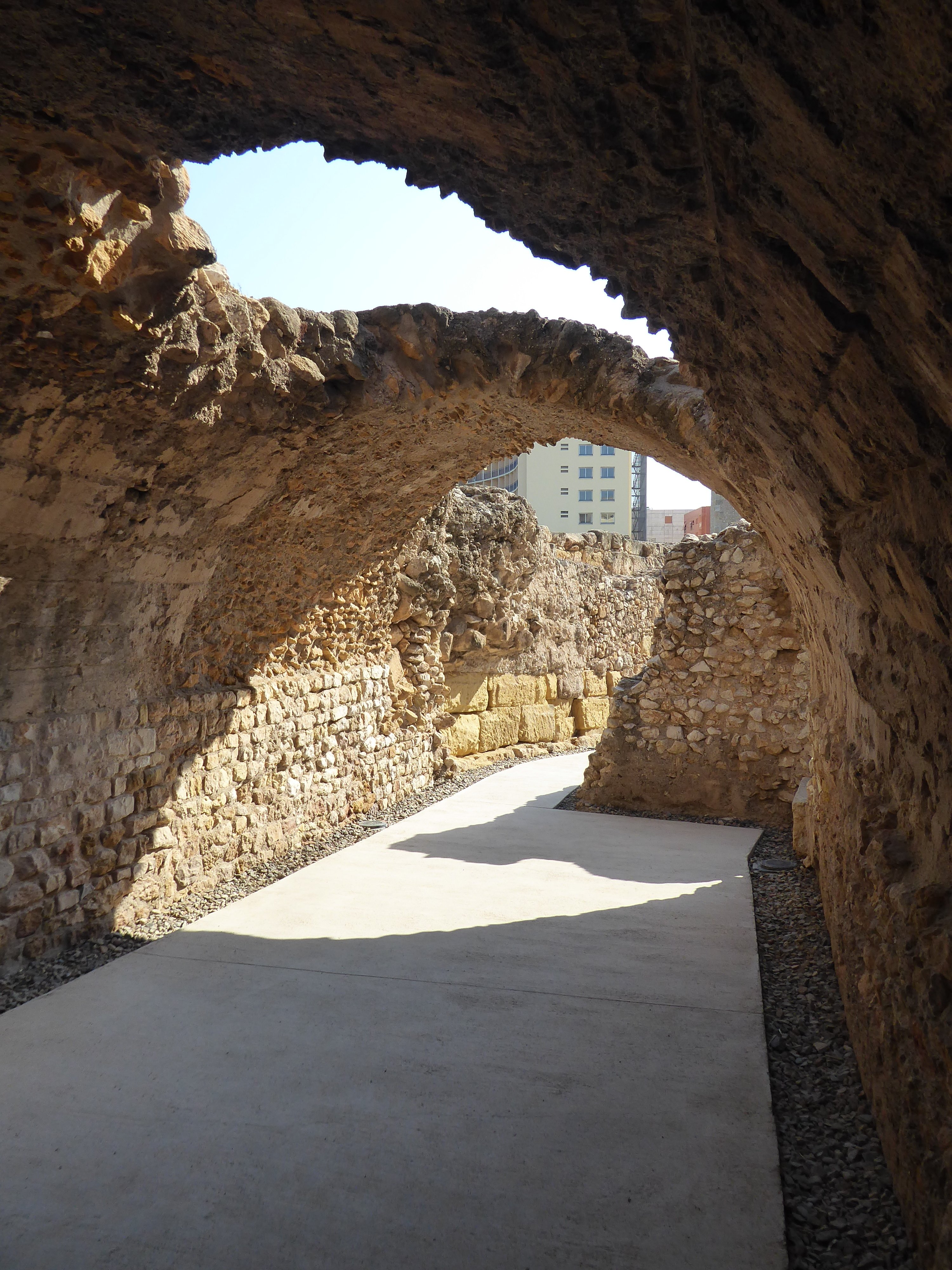
The Praetorium was changed into a palace in the 12th century for the monarchs of the Crown of Aragon and more recently is was used as a prison. The one hall was used as a prison as recently as the 1940’s to house those awaiting sentencing for standing for the Republic against the Fraconist dictatorship. The conditions must have been terrible it’s dark, mouldy and they were crammed in, by 1948 there had been 646 people executed in Tarragona; those that were were led through the one door into an execution chamber.
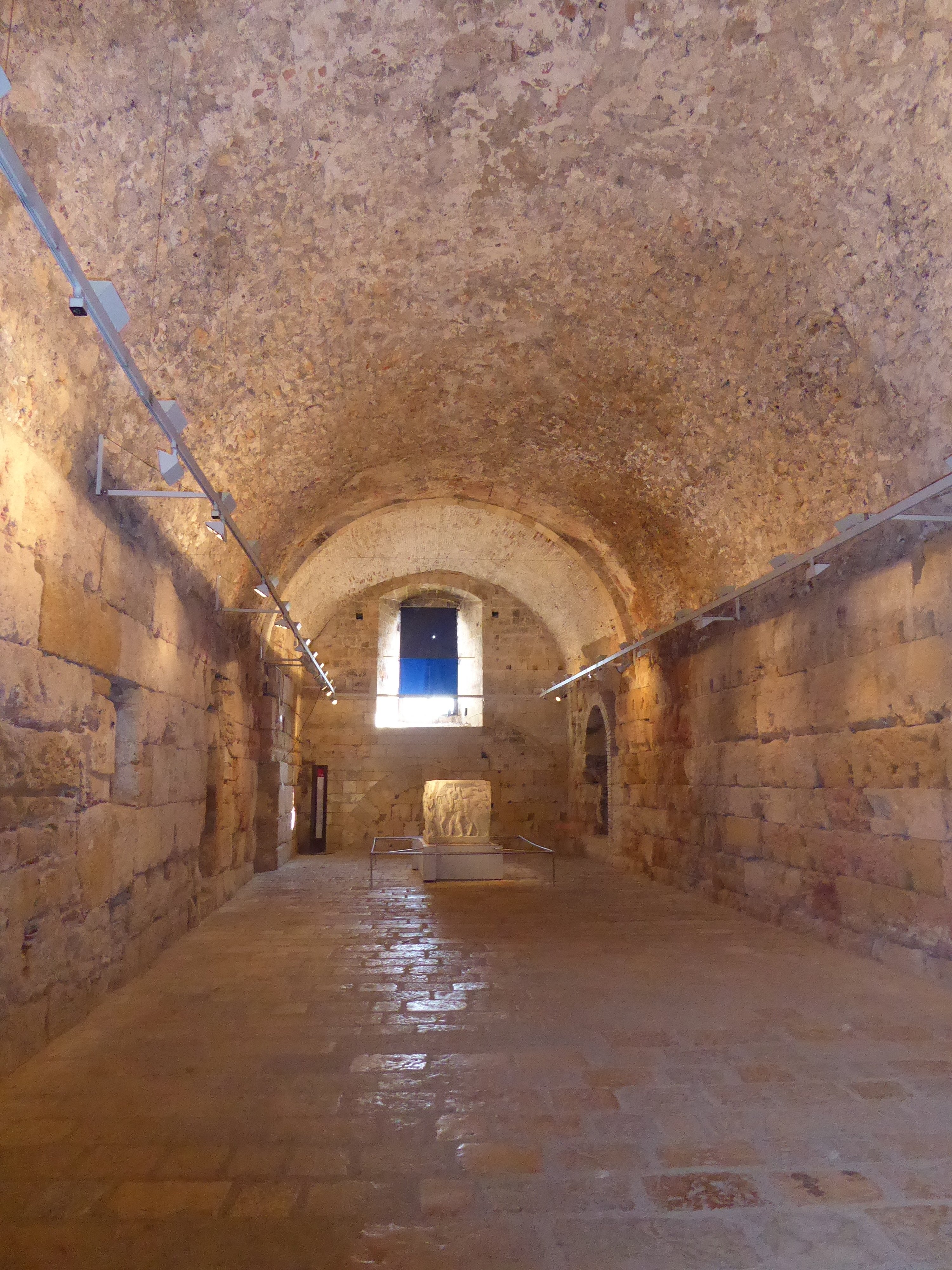
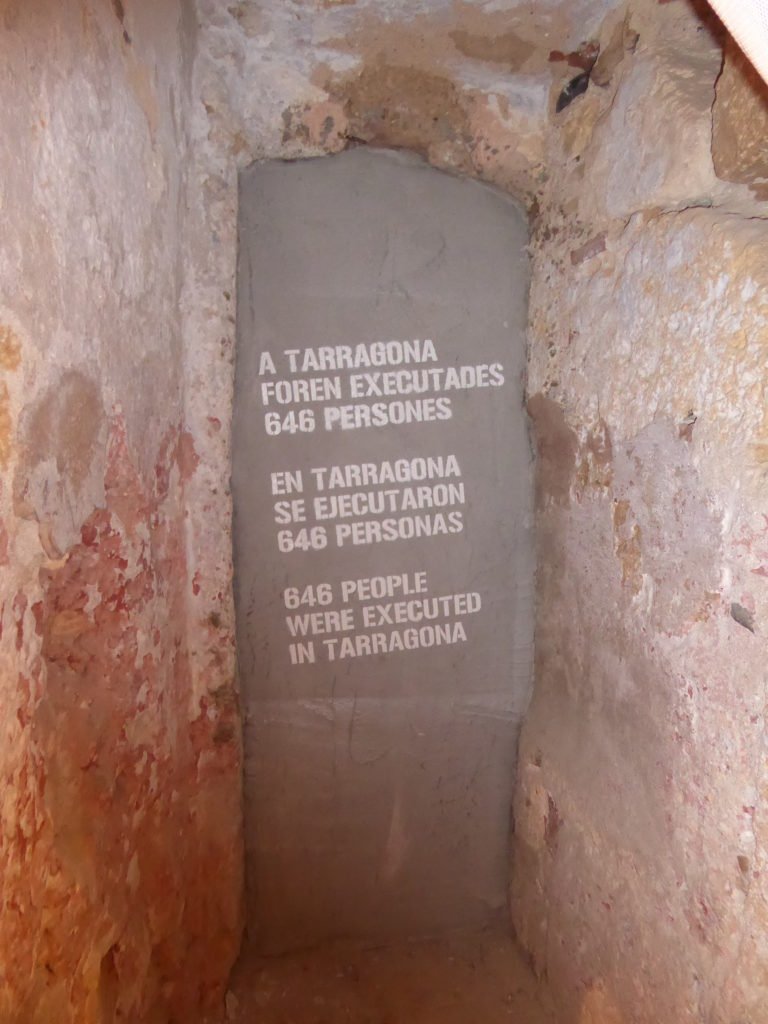
There are still many of the remaining tunnels in between the provincial forum and the circus, there used to me many more. They were used just like passageways in a modern stadium and there are still two that are over 100m long. After the disuse of the circus these tunnels were used for many purposed included a rubbish dump and by the army for storage and barracks.
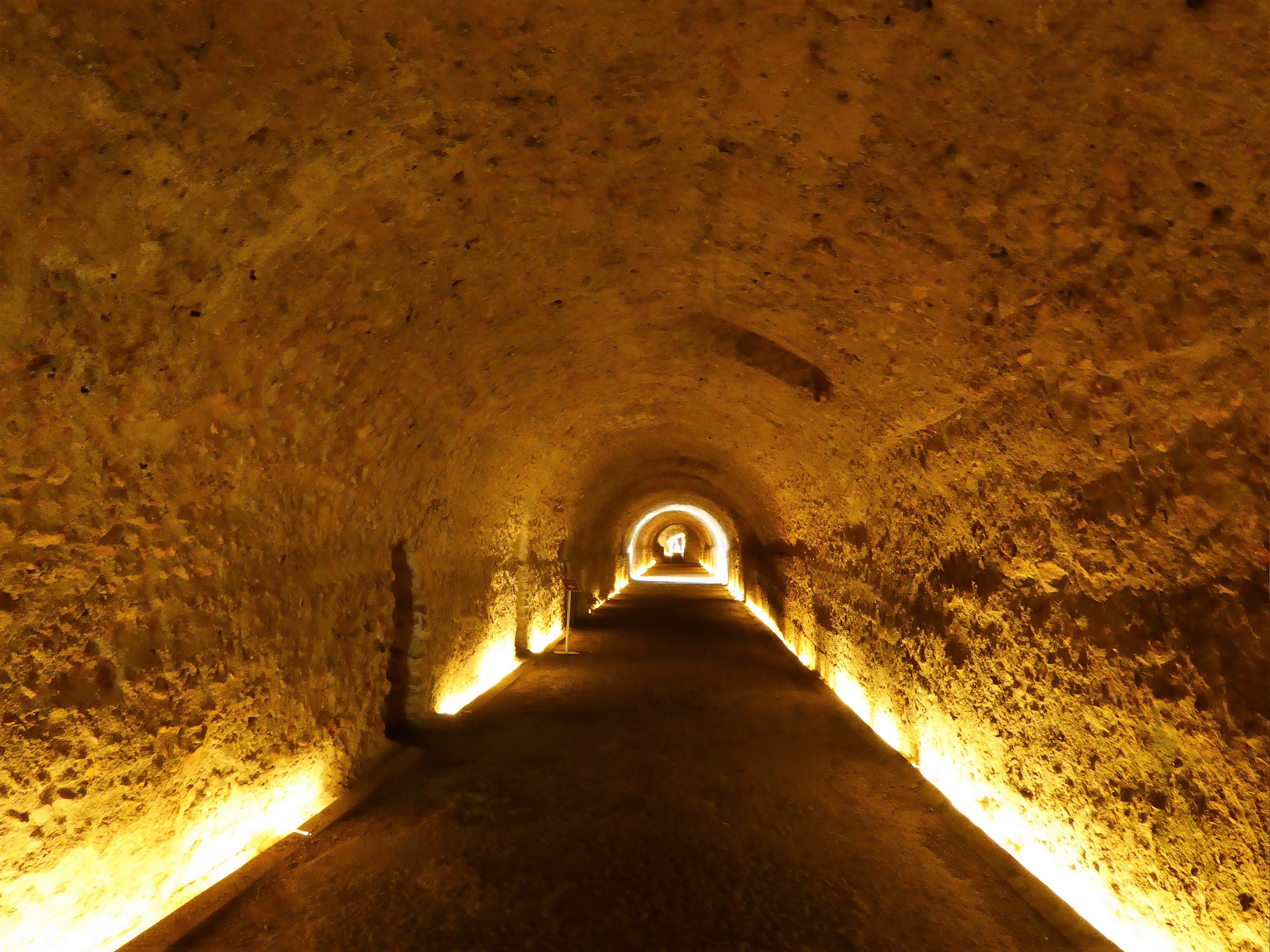

It’s such a pity that such a little of the circus remains, I guess that adds to the intrigue and mystique. The circus was 375m long, 115m wide and had a 30 000-capacity entertained by chariot and horse races. What remains as mentioned is part of the corner which was at the one end and a few rows of seats (there were three tiers) which buttressed against the provincial forum building. As I mentioned there are still a few tunnels too. The circus alone must have been a spectacle of a site to see and combined with the forum would have played a dominant part in the Roman’s lives. Situated right in the heart of the town the one used for pleasure and the other administration for the town and region. In its time, it must have easily be comparable to the best of stadiums in modern times.
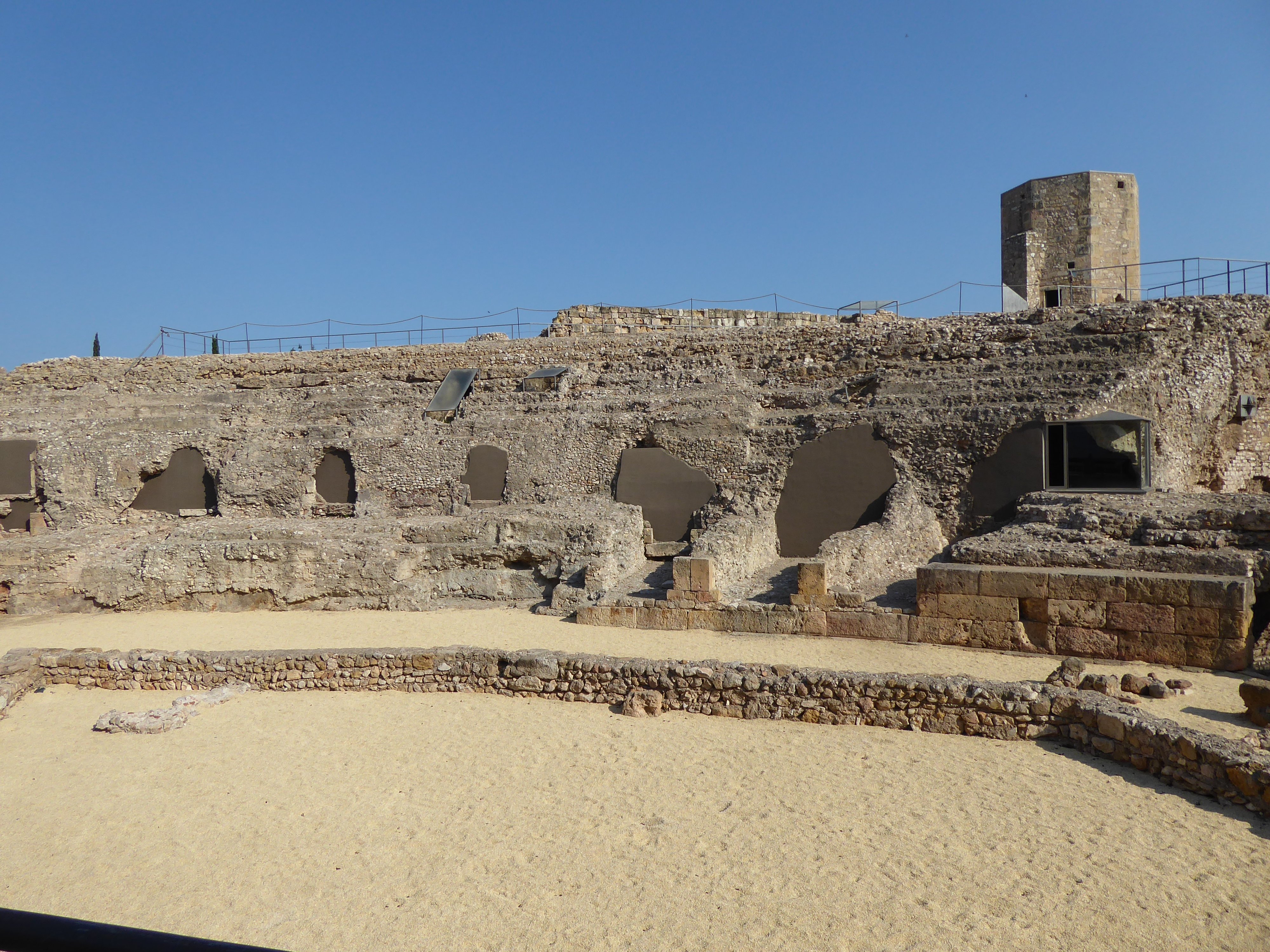
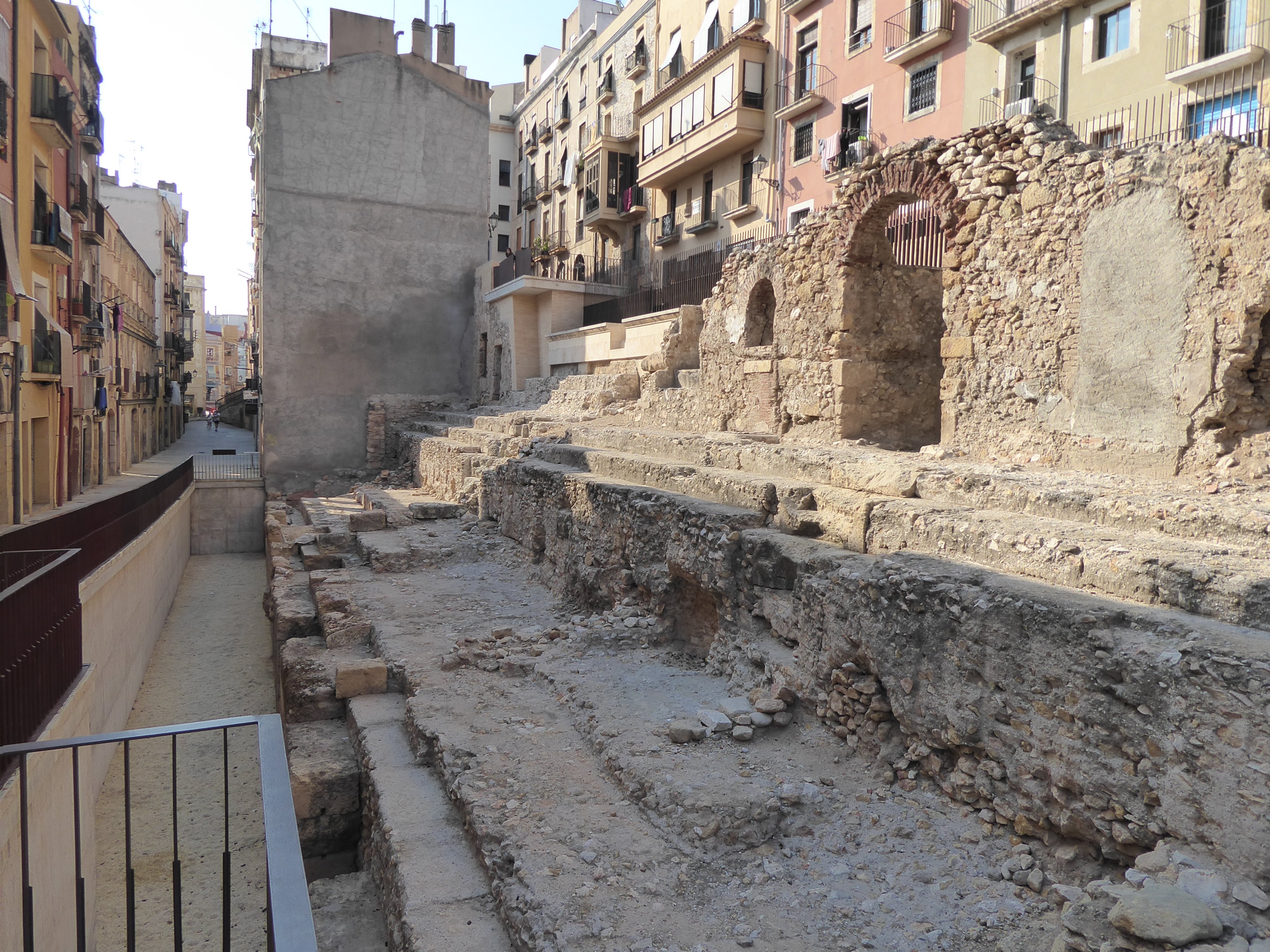
Tarragona Cathedral
Perched almost at the very highest part of the town (the wall is at the highest part) the cathedral is visible from almost everywhere in the town, well at least the tower. Built in the 12th century with some additions added in the 13th and 14th and has a mix of Romanesque and Gothic with a long main axle of just over 100m. After some of the cathedrals I’ve seem especially in Zaragoza it would be difficult to top them nonetheless it is a lovely cathedral. I took an audio guide for the tour which was part of the entrance, I can’t remember the entry price but everything in Tarragona was either well priced or cheap. The audio guide was great and added a lot more information than just walking around, even if you read all the signposts.
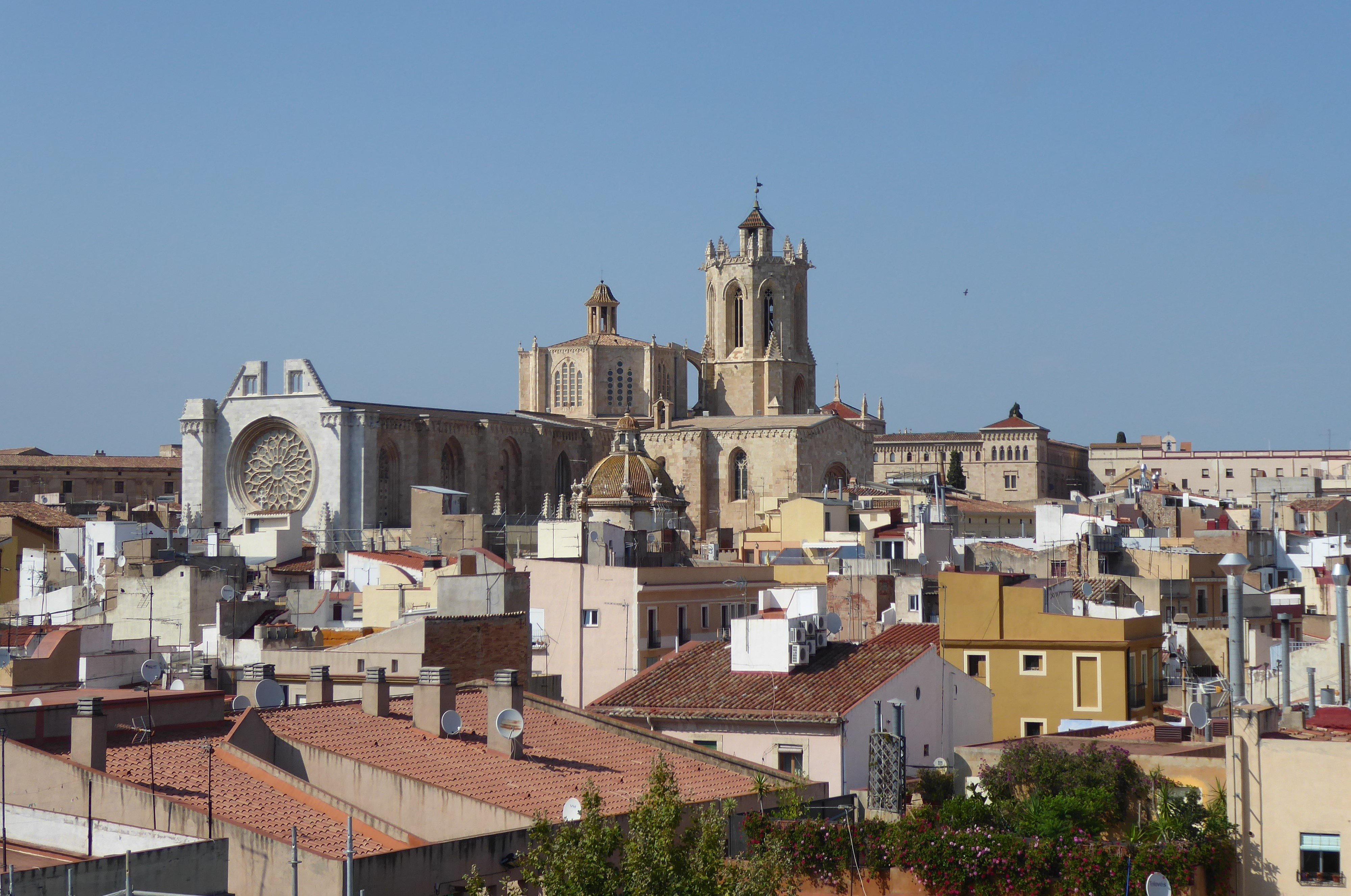
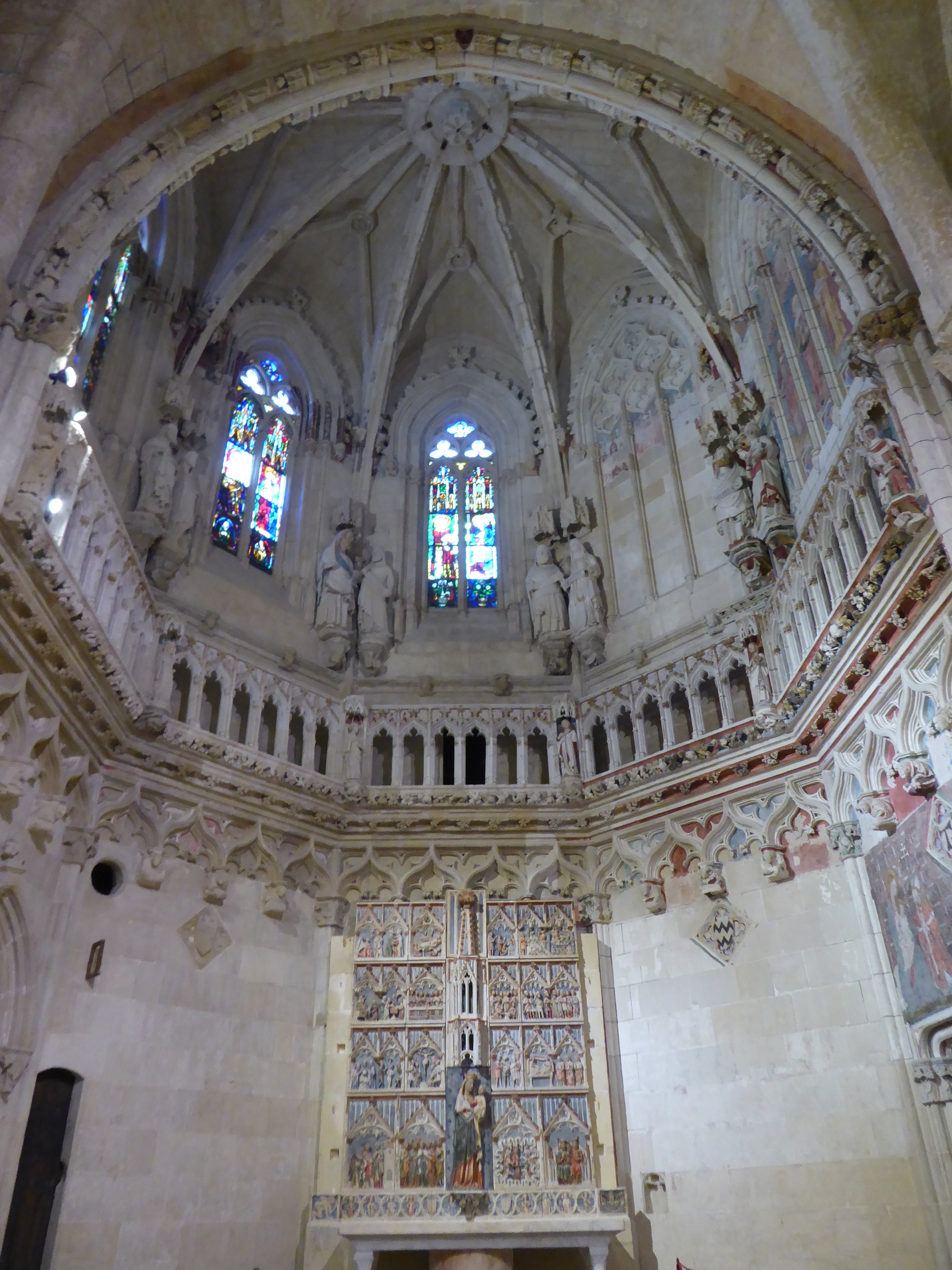

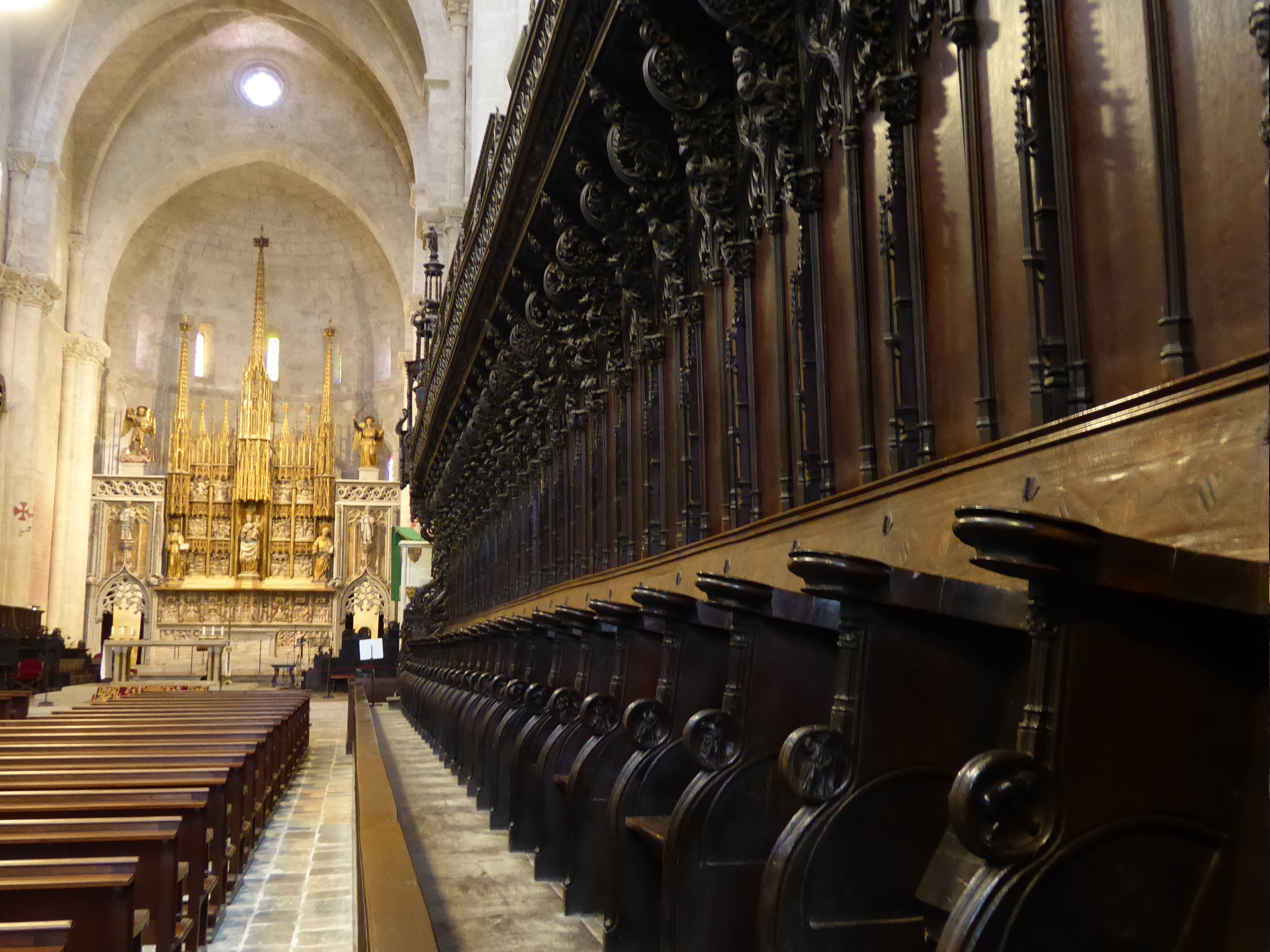
Roman Amphitheatre
It’s not often that you get to stand in the centre of a Roman Amphitheatre, walk the floor where gladiators fought to the death or fought lions, tigers and other wide beasts as a spectacle to cheering locals for entertainment and amusement, not forgetting public executions. Walking the stage as it were on the ground that would have been blood soaked after each show – quite a privilege and surreal feeling. Not the biggest of the Roman Amphitheatres with a capacity of near 15 000, measuring 130 by 102 meters it was built in the 1st century BC with the seating on the hill side cut directly into the hillside and the opposite side a built grandstand.
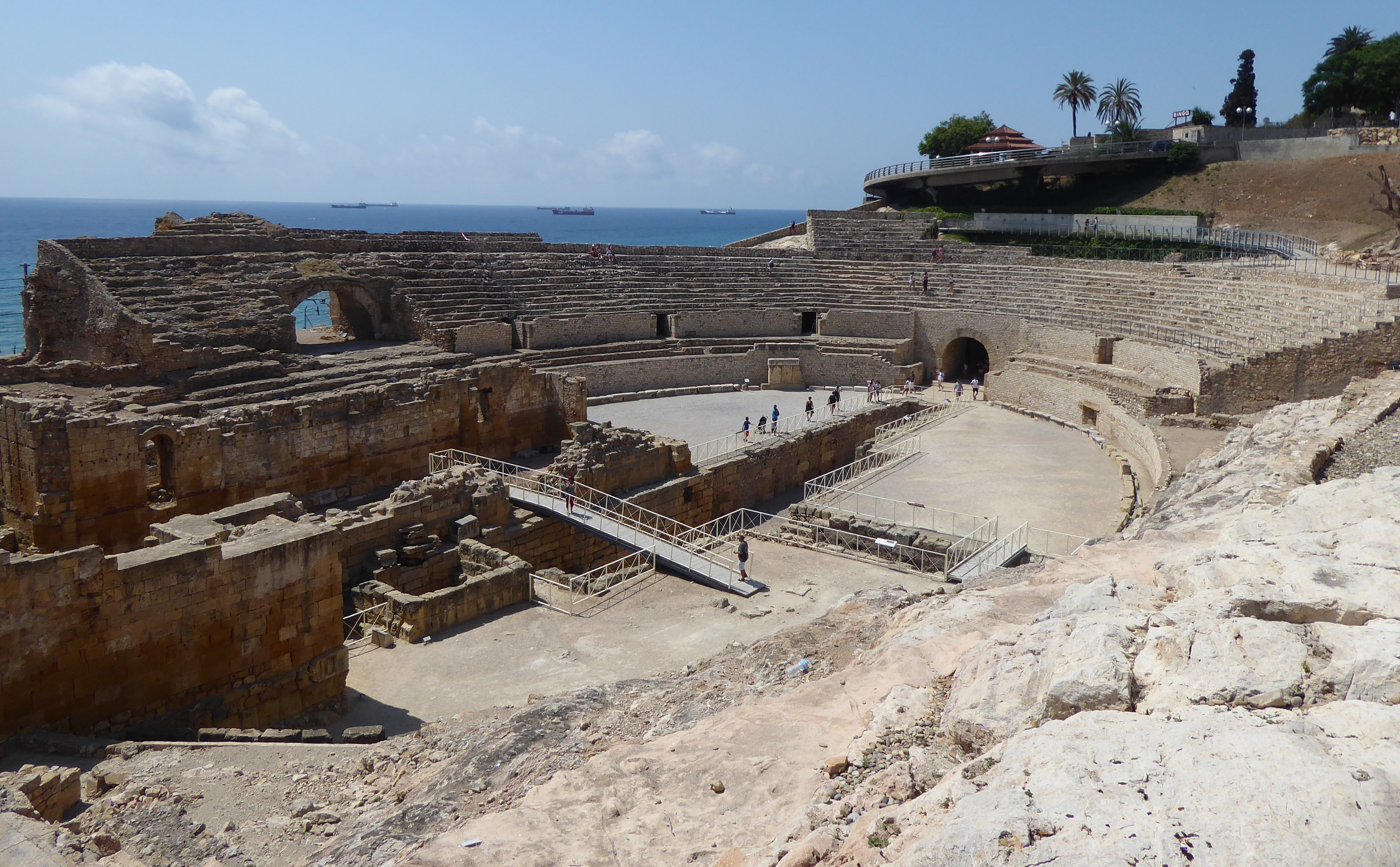
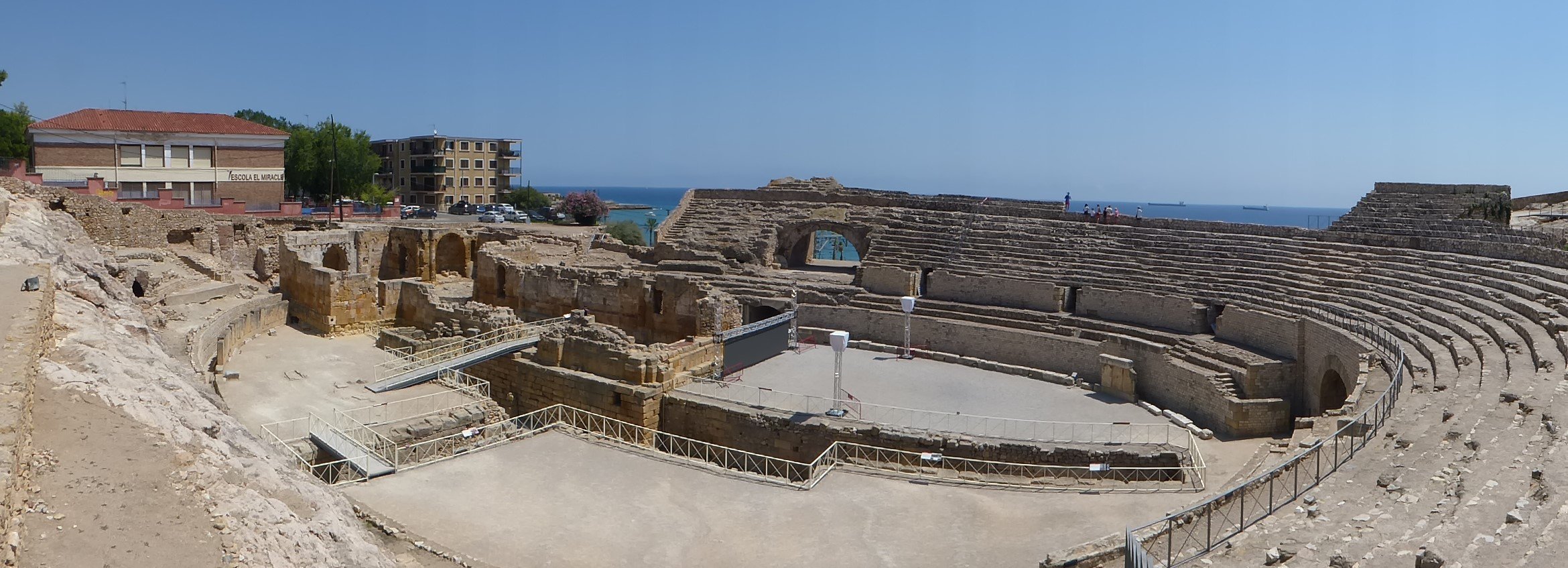
As the Roman Empire deteriorated so did the need and use of the amphitheatre. In addition to that in the year 259 during the persecution of the Christians by Emperor Valerian the city’s bishop Fructuosus, and his deacons, Augurius and Eulogius in an attempt to halt further persecutions were instead burnt alive inside the amphitheatre arena. The result of this led to the construction of a basilica dedicated to these martyrs inside the arena in the 6th century, this became a bit of a cult too. As time passed the Moors took over the region which in turn was reconquered by the Spanish who built another church over the Visigoth basilica, the Romanesque church of Santa Maria del Miracle in the 12th century. Between 1576 till 1780 it was used as a convent till it became a prison for a short while, after that it was abandoned until the mi-20th century. So what can be seen today is the remains of the amphitheatre and inside the arena are the remains of a church built on top of a church and a burial site.


National Archaeological Museum of Tarragona
There is an entry fee but I cannot remember the cost, doubt it was expensive or I would have remembered, I do remember that the ticket give you dual entry into the museum and also the Roman and Paleo-Christian Necropolis Museum. The museum isn’t that big however it is filled with treasures of Tarragona’s past from status, many mosaics of exquisite detail ranging from portraits to large floors, old ship anchors to pottery jars used to transport wines, beer and oil. I was most impressed by the varied collections of mosaics which in itself are rate to find and also a marble water feature which would have been inside a wealthy person’s house.
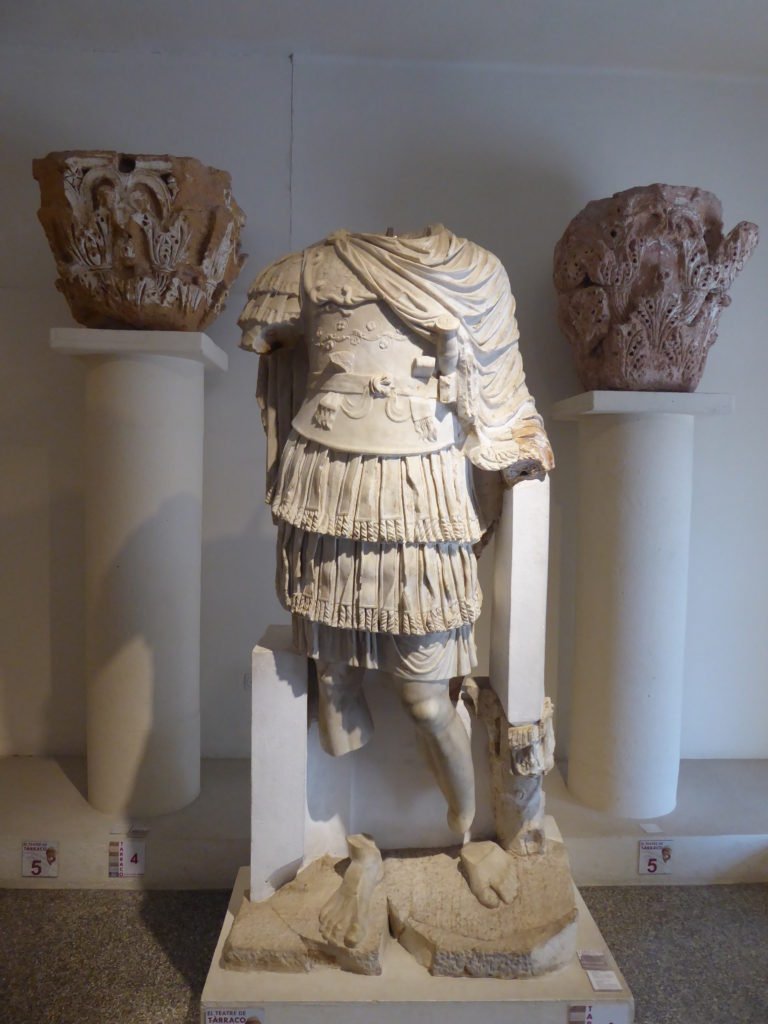
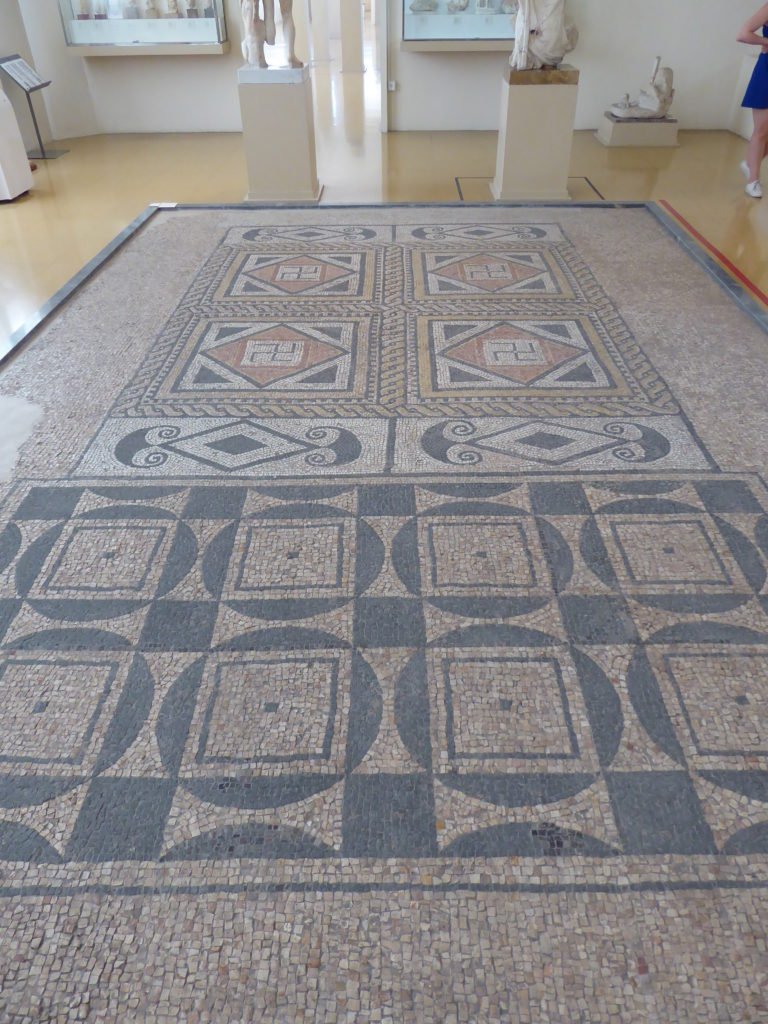
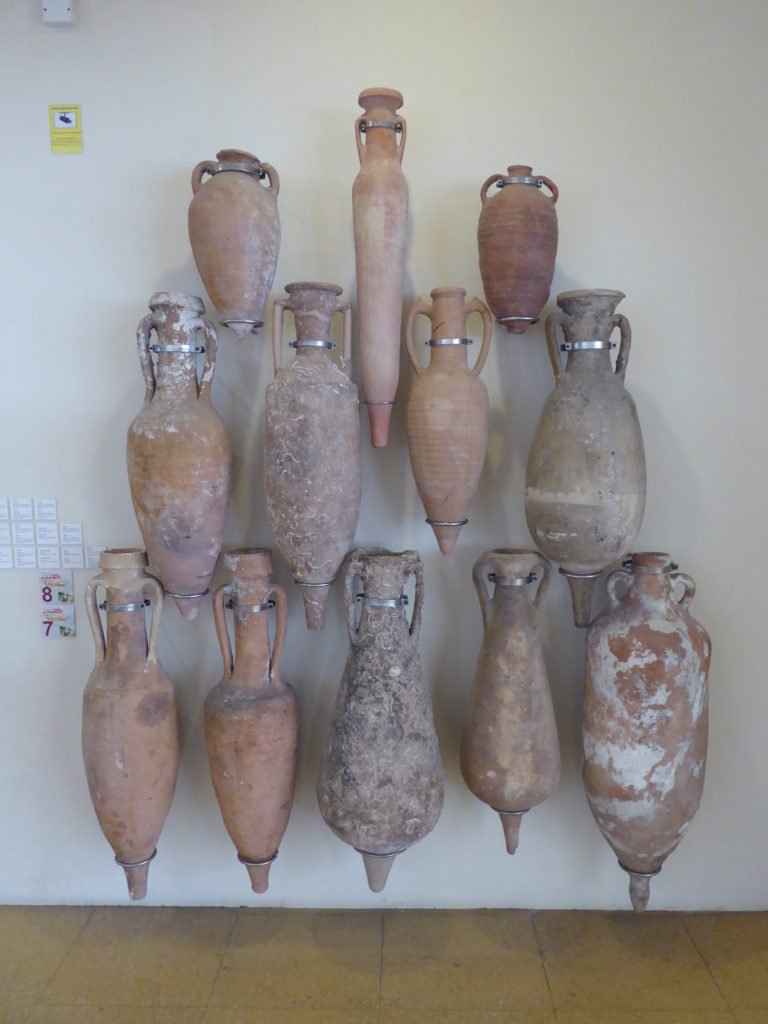

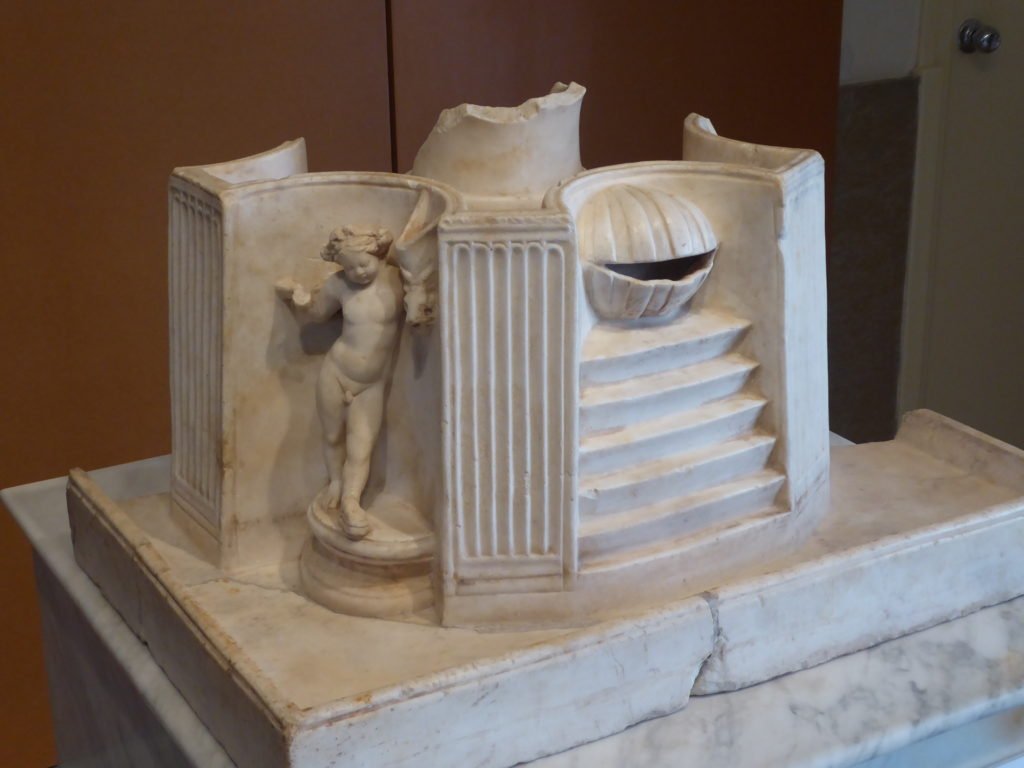

Roman and Paleo-Christian Necropolis Museum
On the edge of the towns boarders now lies of what once was a hiving necropolis including remains or a temple, many burials, Roman road, Roman era houses two which had hypocaust floors with hot and cold rooms and hot and cold baths/pools. As the Roman occupation diminished towards the 7th century the area became abandoned and it’s use changed too. Many pagan and Christian burial sites have been found containing sarcophagi, amphora and tombs. One of the most intriguing and poignant finds I thought was a fully articulated doll/figurine made of ivory which was found in the burial of a young girl; the detail is astounding and its condition even more so. One of the more personal items I’ve seen making me think that this little girl much have treasured this doll and kept it with her at all times, hence fitting to have her buried with it……I wondered why she had died so young.
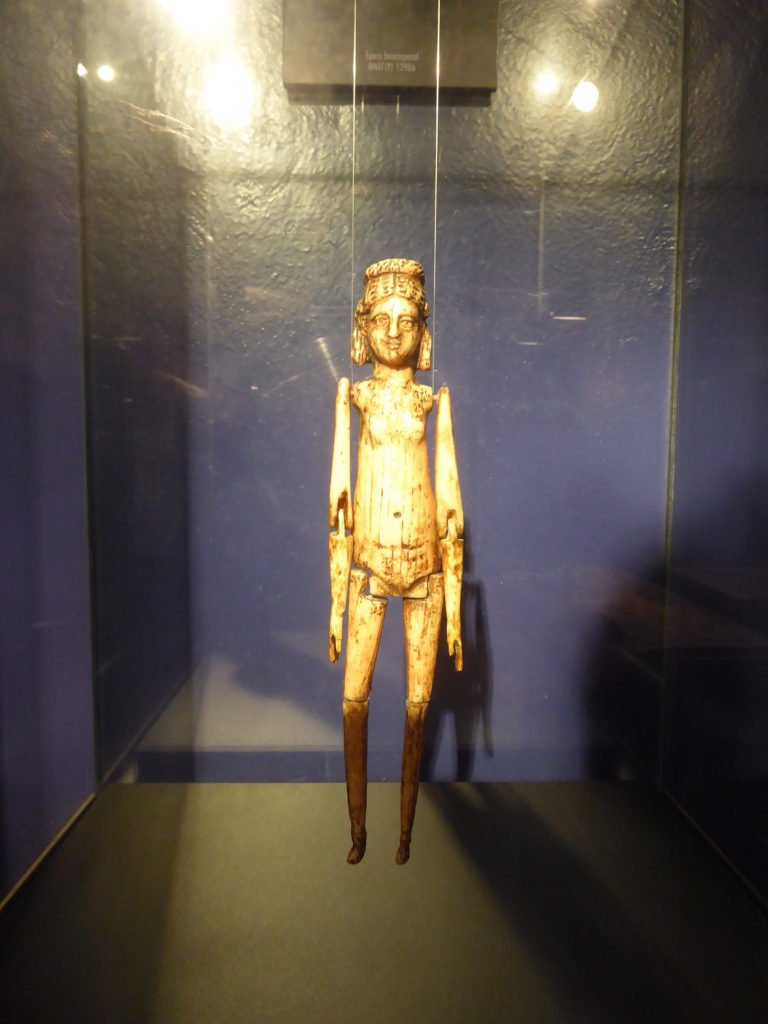
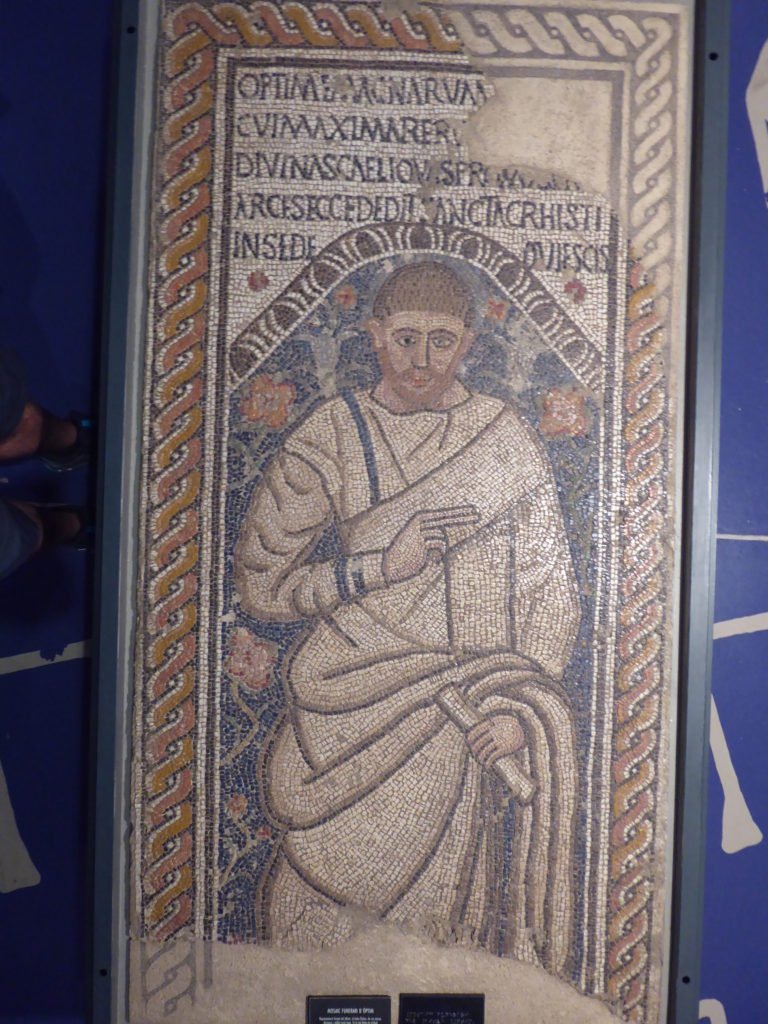
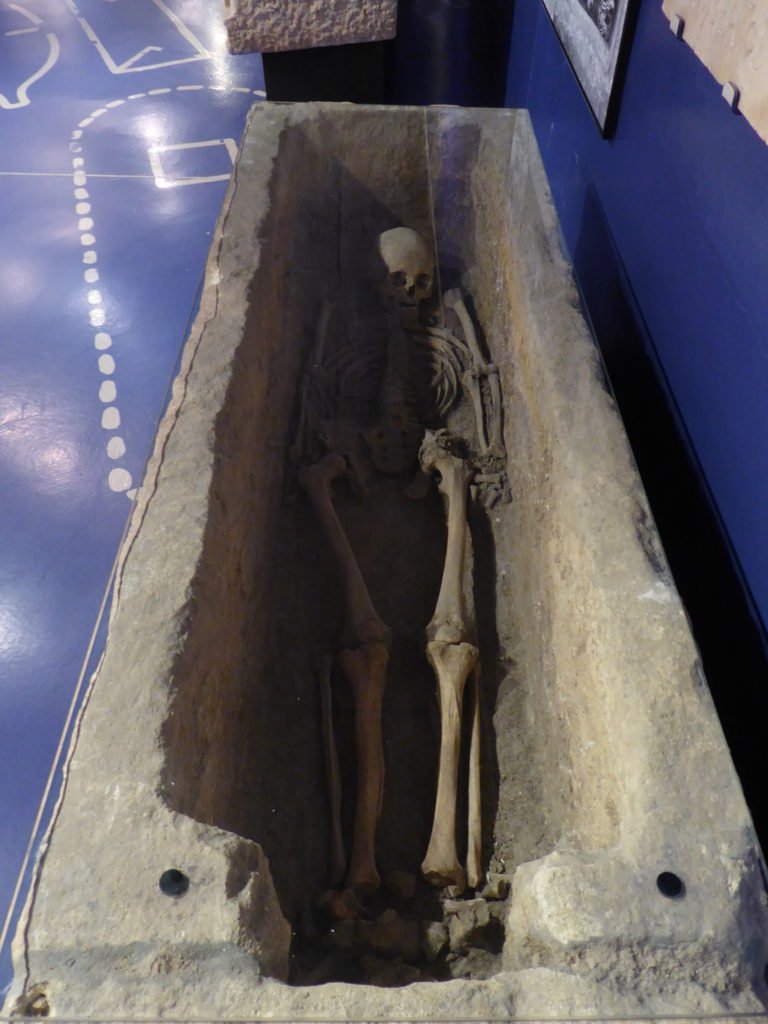
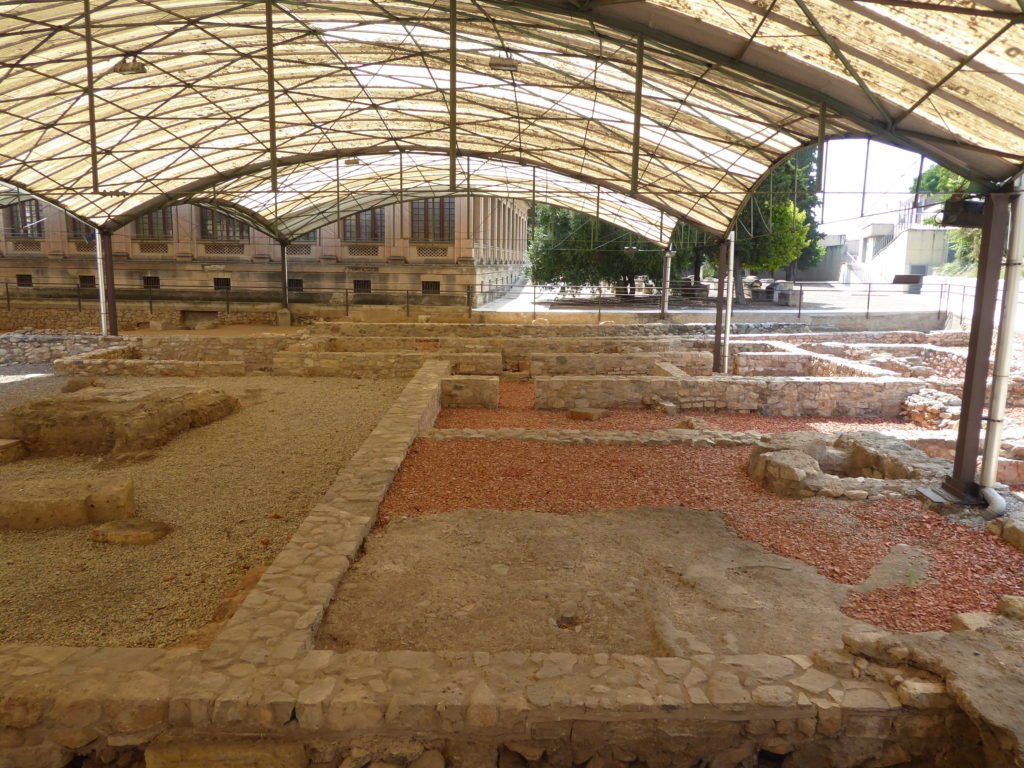

Tarragona Beaches
There are so many stunning beaches right on your doorstep. Tarragona’s main beach is below the amphitheatre and they extend for miles North and South. Another main beach is a very short drive North (15 minutes on the bus) called Llarga or Platja Llarga, a 3km long and narrow white sand beach with shops and restaurants too, not too many so it doesn’t feel commercialised. You can walk for as long as you like, I walked 6km, from long beaches to little alcove beaches. I heard one of the most secluded beaches is called Waikiki beach by the locals so was dead keen to go there, I found it however decided not to go because Xavi at the hotel told me it’s a nudist beach……..I wasn’t keen to go tan and swim in my birthday suit, at least not in front of others! ?
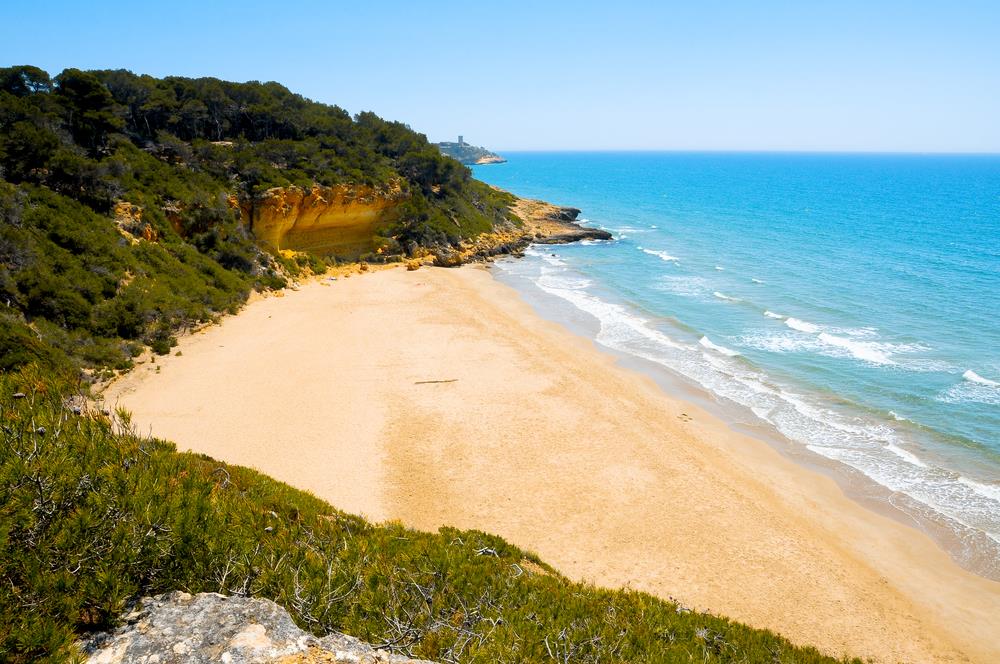
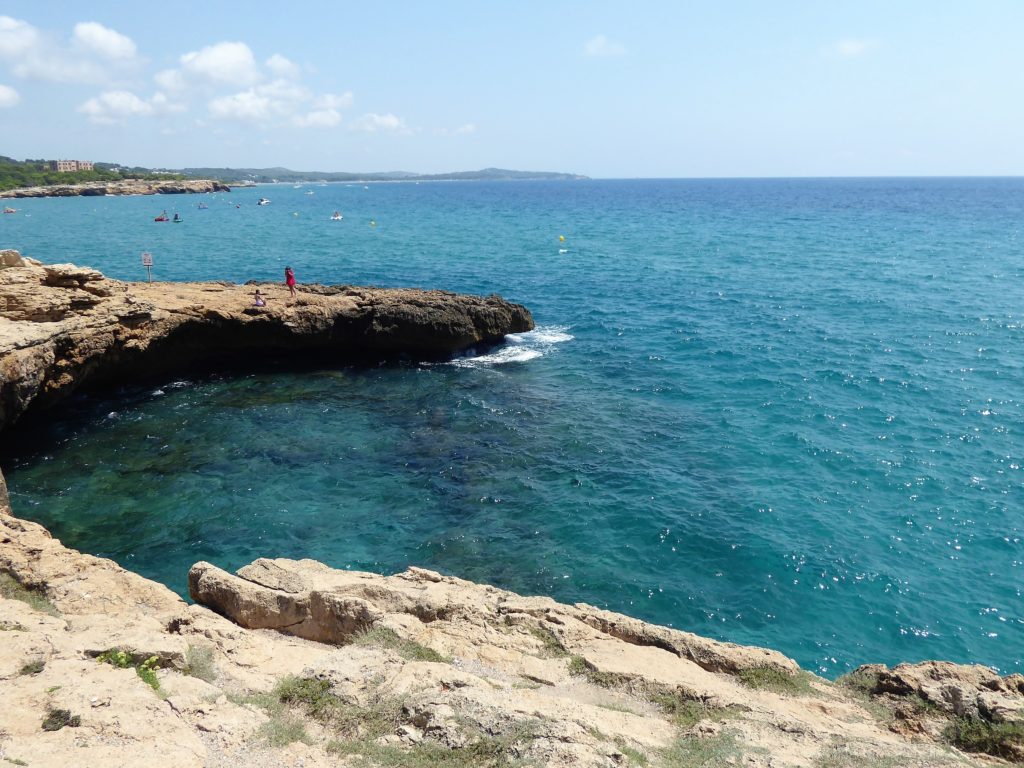

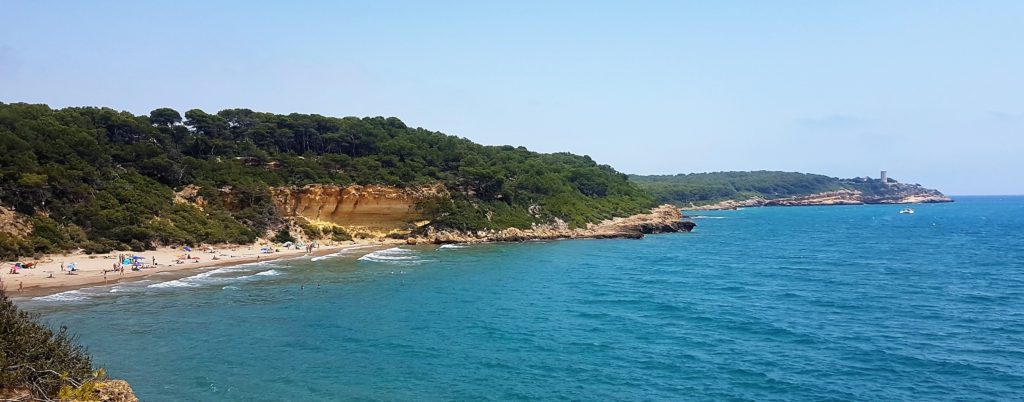
Tarragona
This is a great place located within very each reach to Barcelona, notwithstanding it is a great holiday destination of a few days stopover. It has history, friendly locals, great restaurants, awesome beaches and all at a very cheap price when compared it neighbouring towns and cities. Would I go back, definitely, certainly especially to spend more time on the beaches because I got so caught up with the historical sites that I regrettably didn’t get more time for some hot R&R.


